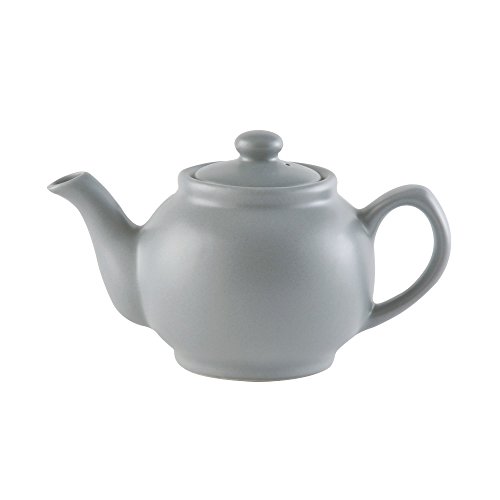The origins of teapots
Teapots have been an integral part of tea culture for centuries. They were invented in ancient China, where tea drinking was first developed. The earliest teapots were made of clay and were small in size, but over time, they evolved into the beautiful and intricate vessels we see today.
Ancient Chinese teapots
The oldest known teapot dates back to the Yuan Dynasty in China, which was established in the 13th century. These teapots were made of porcelain and were typically small in size, designed to hold only a few cups of tea. They had a simple, cylindrical shape and a single handle.
During the Ming Dynasty, which followed the Yuan Dynasty, teapot designs became more elaborate. Teapots were often adorned with intricate patterns and images, and were highly valued as works of art. Some teapots even featured hidden compartments for storing tea leaves.
The advent of porcelain teapots in Europe
The tradition of tea drinking and teapot making eventually spread from China to Europe, thanks to the efforts of Dutch traders. In the 17th century, the Dutch East India Company began importing tea and teapots from China, introducing them to European consumers.
At first, teapots were considered luxury items and were only owned by the wealthy. However, as tea became more popular and affordable, teapot production increased and they became more accessible to the general population.
The rise of British teapot culture
Teapots gained significant popularity in Britain during the 18th century, where they became an essential part of the country’s tea-drinking culture. The British took tea drinking very seriously and developed their own unique style of teapot.
One key feature of British teapots was the addition of a spout, which made pouring tea easier and more controlled. British teapots also had a rounder shape compared to their Chinese counterparts, and were often made of silver or pewter.
The modern teapot
Today, teapots come in a wide variety of styles, materials, and designs. While traditional ceramic teapots are still popular, you can also find teapots made of glass, stainless steel, and even silicone.
In recent years, there has been a resurgence of interest in handmade teapots, with many artists and craftsmen creating unique and artistic designs. Additionally, electric teapots have become popular, offering features like temperature control and automatic shut-off.
Teapots have also become collectible items, with antique and vintage teapots fetching high prices among collectors. The history of teapots is a testament to the enduring popularity and cultural significance of tea, making the teapot an iconic symbol of tea enjoyment around the world.






